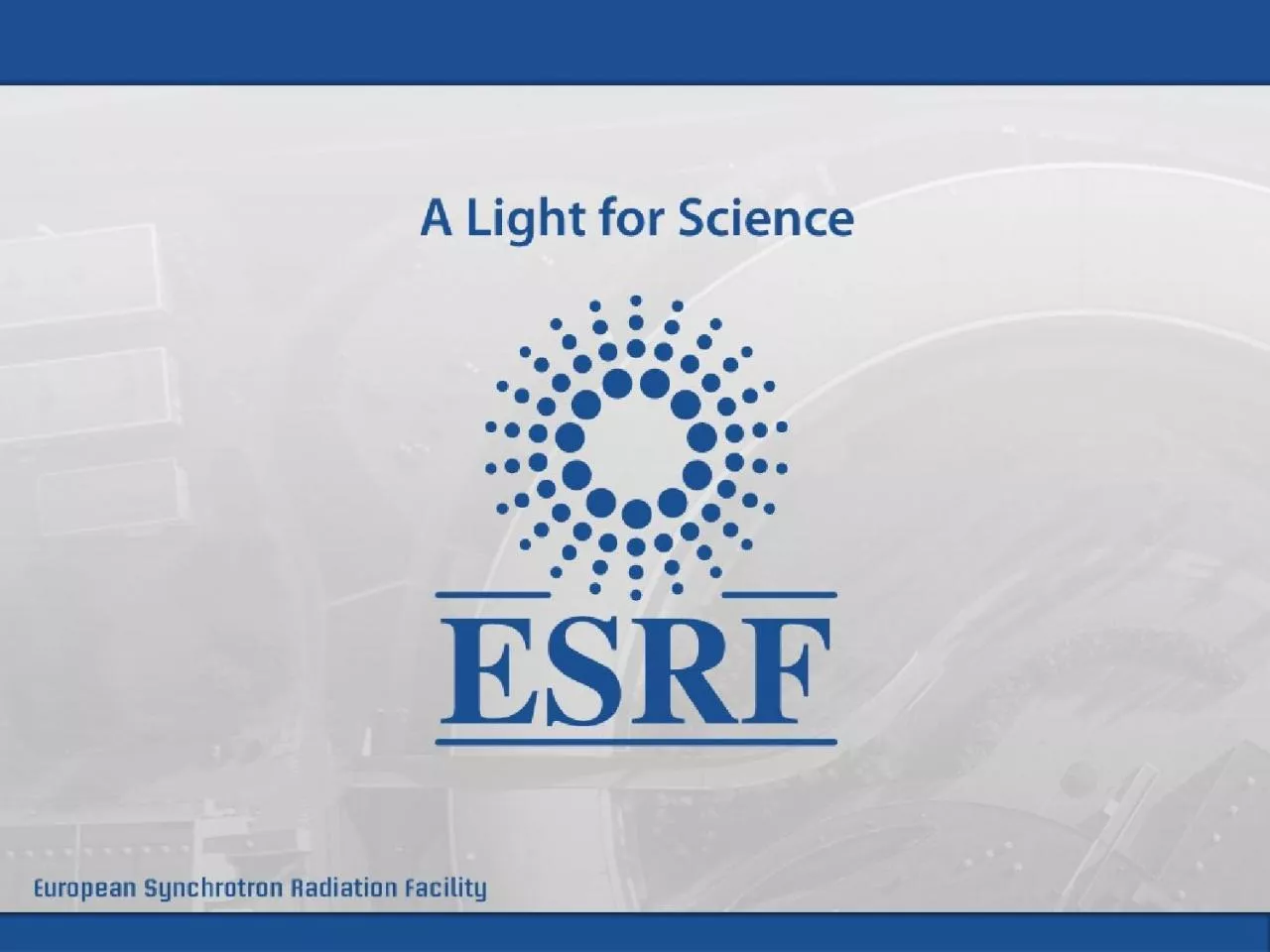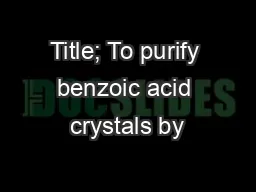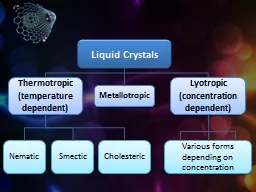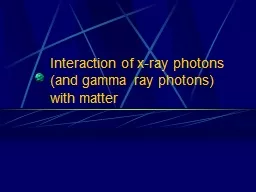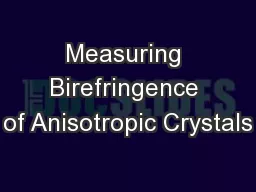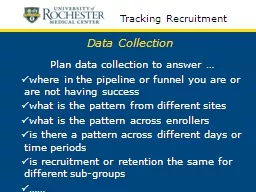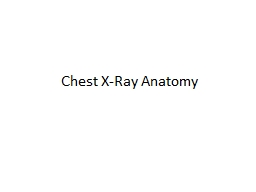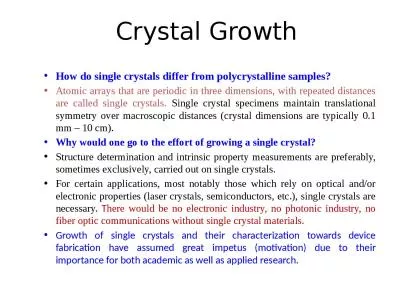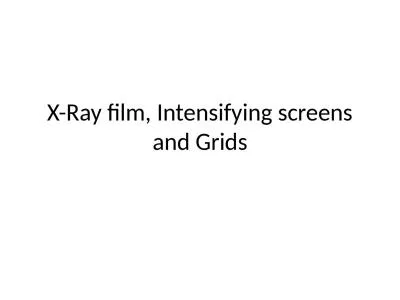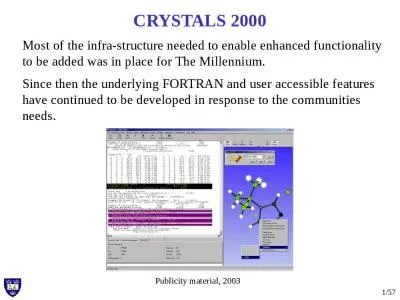PPT-BEST a program for optimal planning of X-ray data collection from protein crystals
Author : joyce | Published Date : 2022-06-11
Alexander Popov ESRF MX group Geometry Optimal starting spindle angle and scan range Maximum rotation angle without spot overlap Optimal Multiplicity Space group
Presentation Embed Code
Download Presentation
Download Presentation The PPT/PDF document "BEST a program for optimal planning of X..." is the property of its rightful owner. Permission is granted to download and print the materials on this website for personal, non-commercial use only, and to display it on your personal computer provided you do not modify the materials and that you retain all copyright notices contained in the materials. By downloading content from our website, you accept the terms of this agreement.
BEST a program for optimal planning of X-ray data collection from protein crystals: Transcript
Download Rules Of Document
"BEST a program for optimal planning of X-ray data collection from protein crystals"The content belongs to its owner. You may download and print it for personal use, without modification, and keep all copyright notices. By downloading, you agree to these terms.
Related Documents

